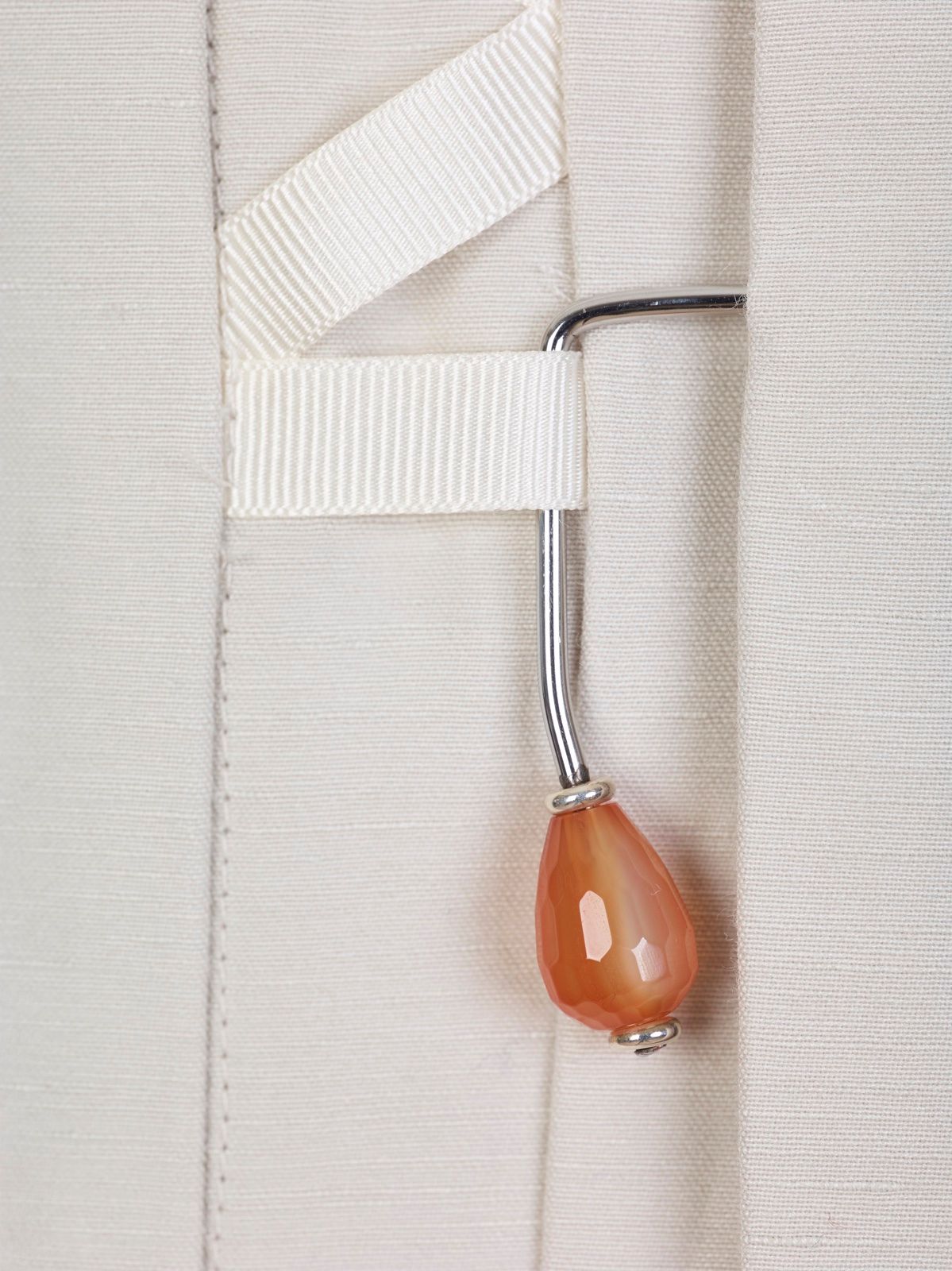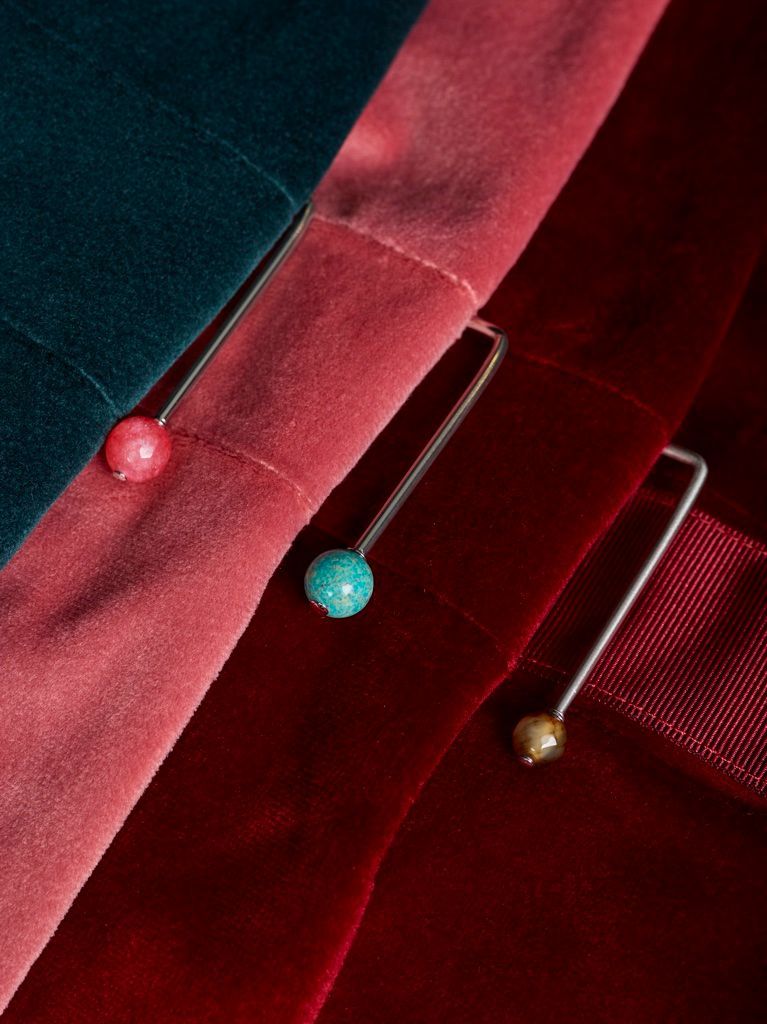
CLOSURES MADE OF NATURAL STONE
Discover the world of natural stones
All the closures are made of natural stone.
Every colour tells a story, every stone is unique in its shades and irregularities.
Each stone is smoothed, threaded and welded by hand, handcrafted in Italy by qualified hands.
The pairing of the fabric/the closures and the stone is - in absence of particular requests - at my discretion. The particular requests closure can be realize with GOLD and stone.
We invite you to discover the fascinating world of natural stones.
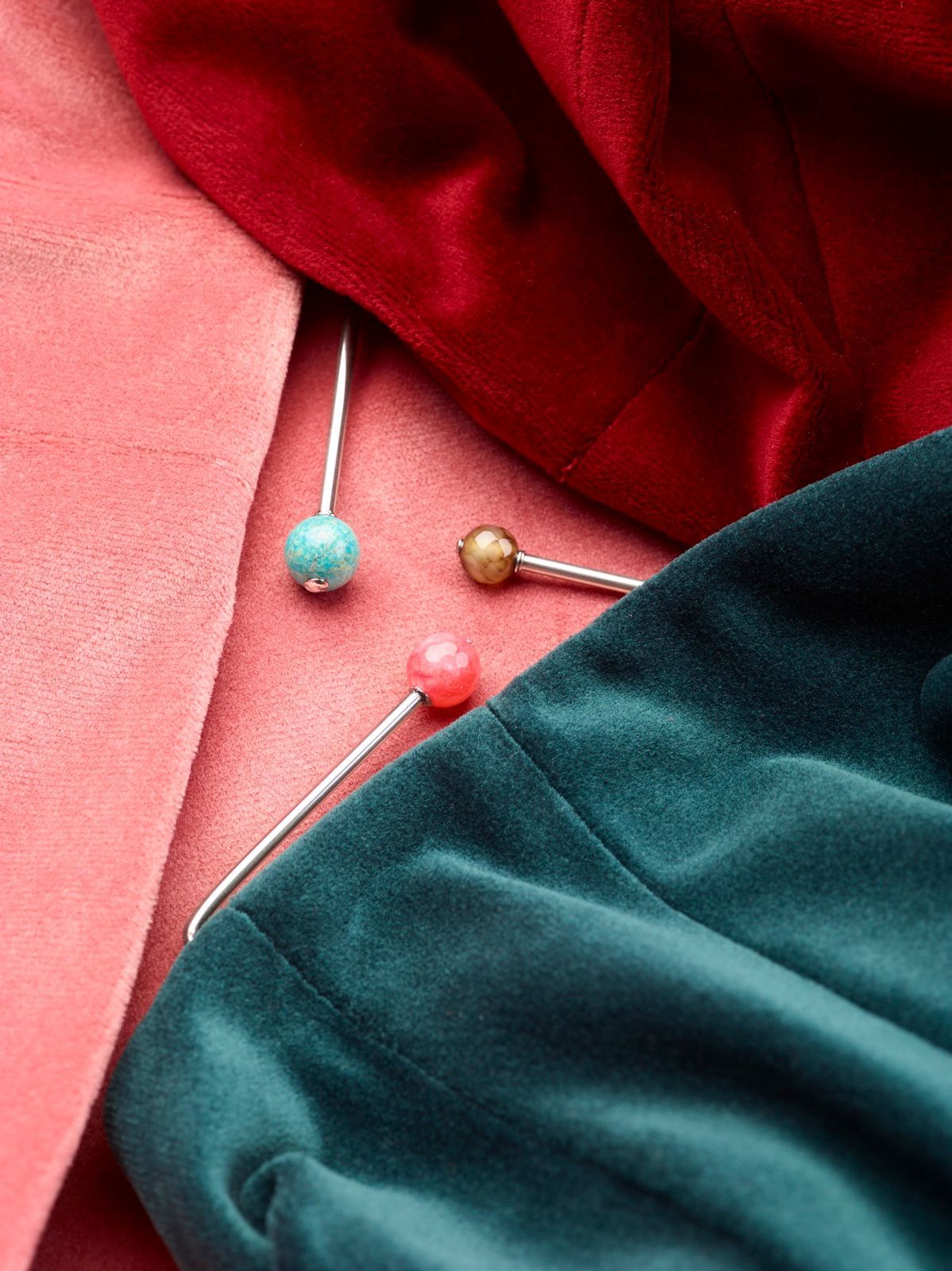
Natural pearl
In jewelry, spherical pearls are frequently used, especially for making necklaces; the pearls are simply pierced and threaded. Although at first glance the pearls have a smooth surface, with a lens it is possible to observe the presence of lines evenly distributed over the whole surface. The colour of the pearls varies from white, to pink, to yellow up to a silver grey colour.
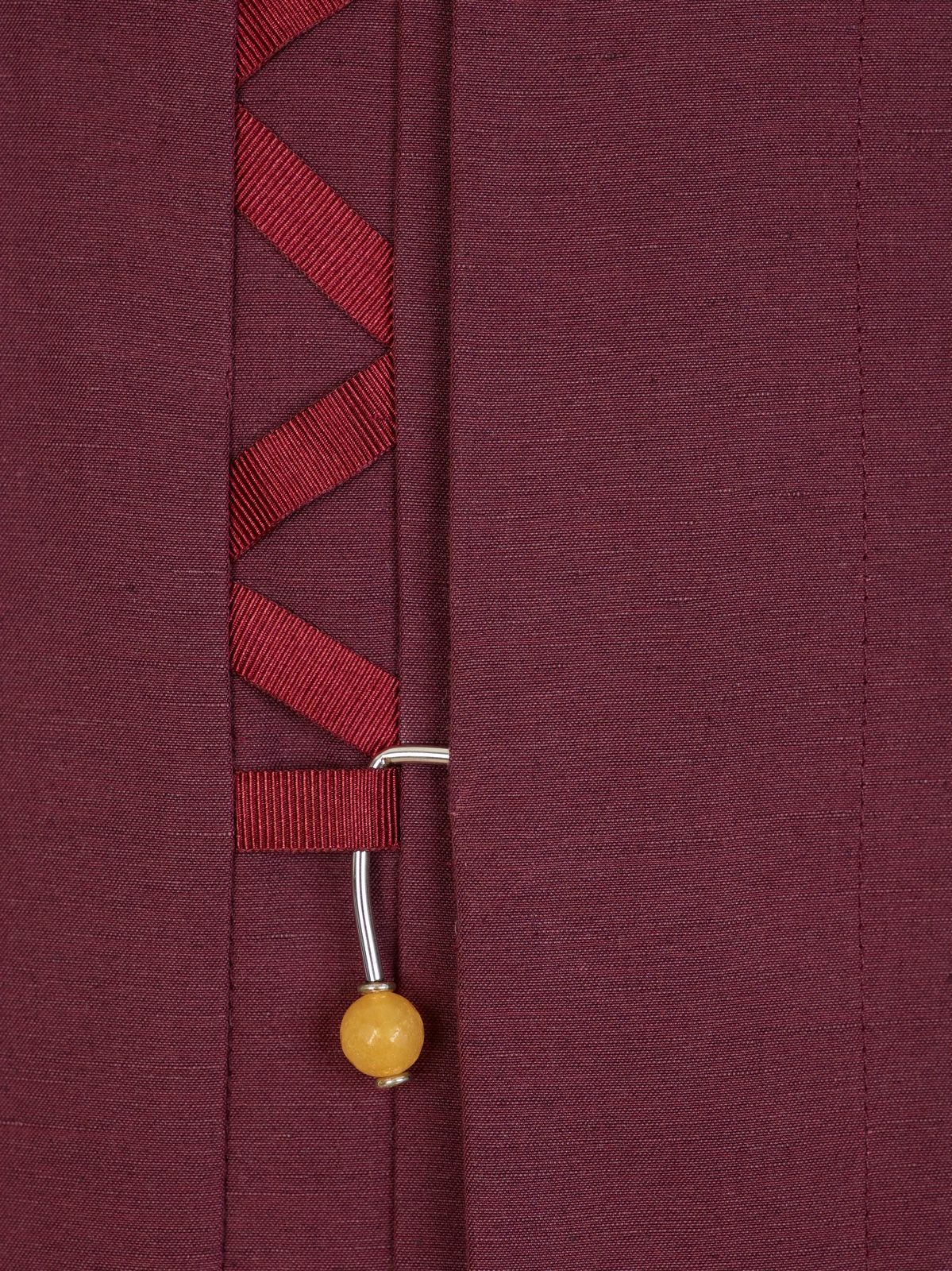
Dark amethyst
The purple-colored variety of quartz, more or less intense, is chinata amethyst. The name derives from the Greek word meaning ''not drunk''.
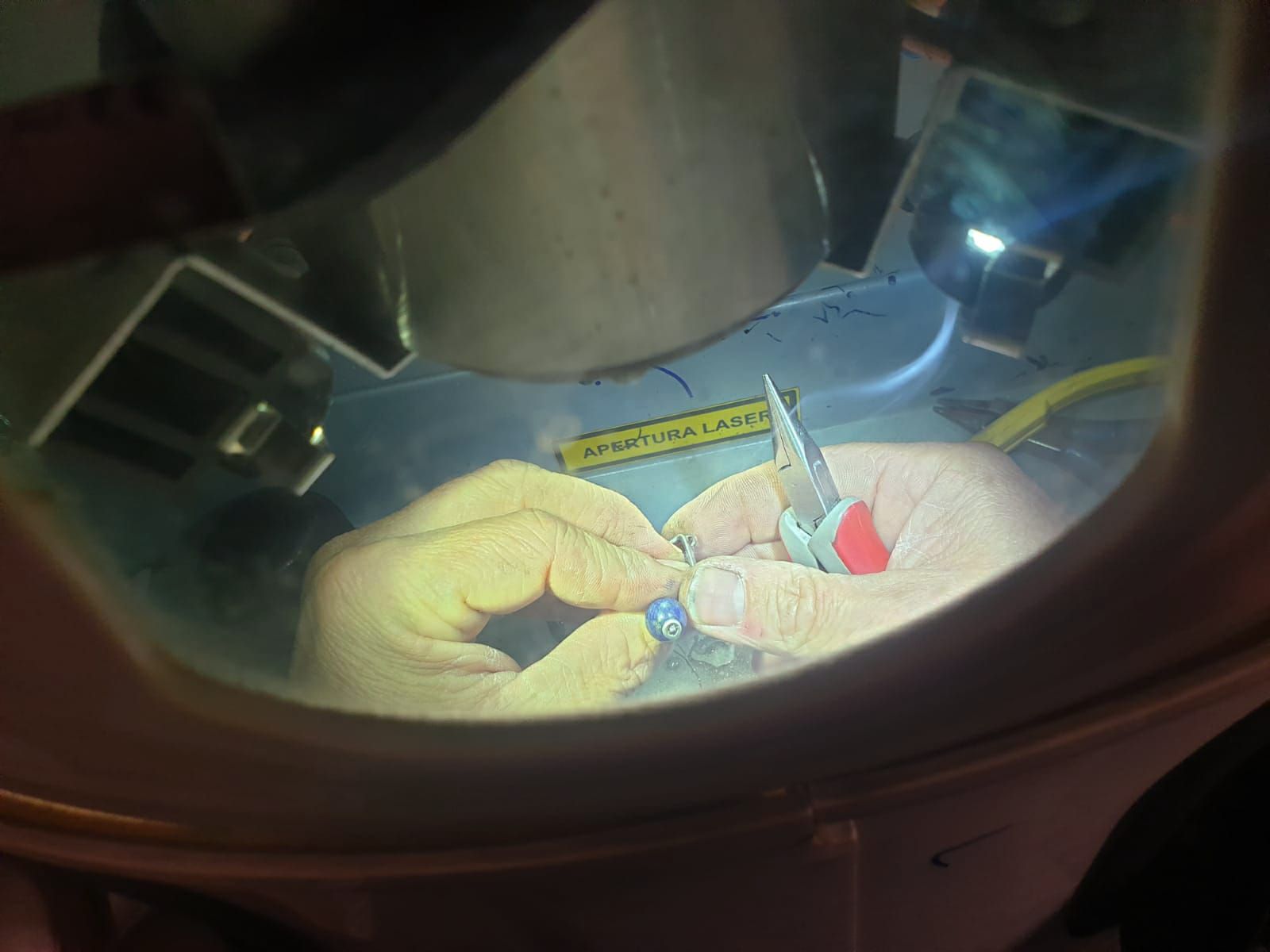
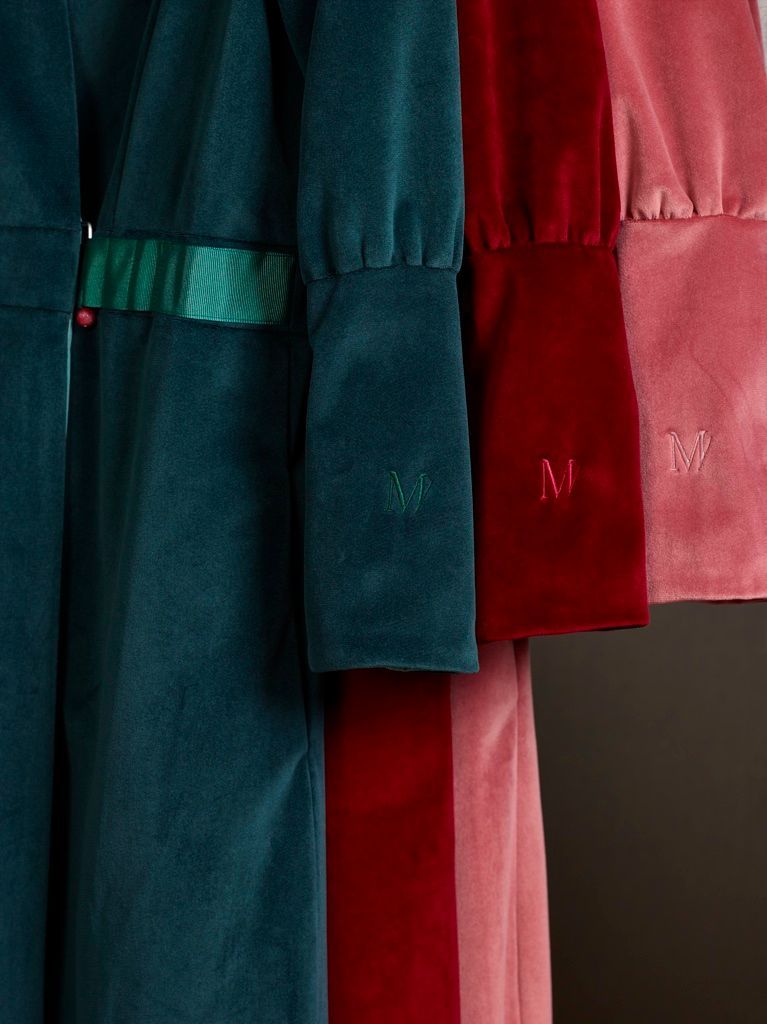
Agate, chalcedonium, onyx, quartz
This name indicates the varieties of quartz including agate, carnelian, onyx, differing from each other due to their different colors and designs. The name of the stone originates from a port in Asia Minor: "Chalcedon", where in its surroundings there were points of extraction and trade of precious stones.
Avventurine
Material consisting mostly of quartz and which therefore can be included under this heading and of flakes of foreign materials of green colours. The presence of green mica flakes alters the concentration of the color, varying from an almost transparent cloudiness to a bright green. It comes mainly from India, the Soviet Union, Brazil and Australia.

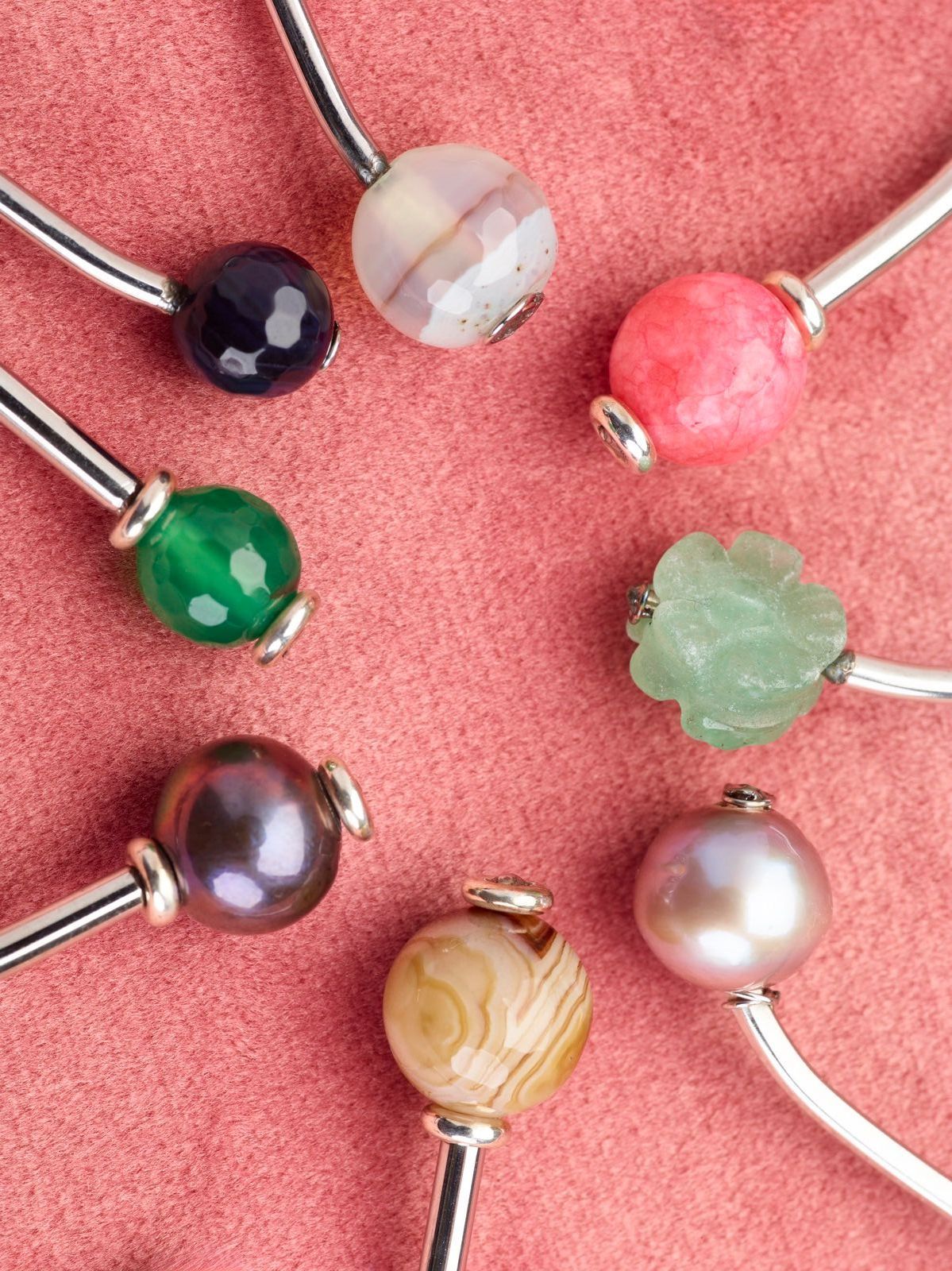
Pink coral
Present in the Mediterranean and the Pacific Ocean is a calcareous product of thousands of small marine organisms (polyps), for example the Australian coral reef. Pink coral also takes the name of "angel skin" in its most valuable varieties, i.e. those that have a uniform color tending towards old pink and without cavities. For the ancients, Coral was considered a powerful amulet against bad luck. Whoever gave it as a gift wanted to protect the recipient from possible misfortunes in life.
